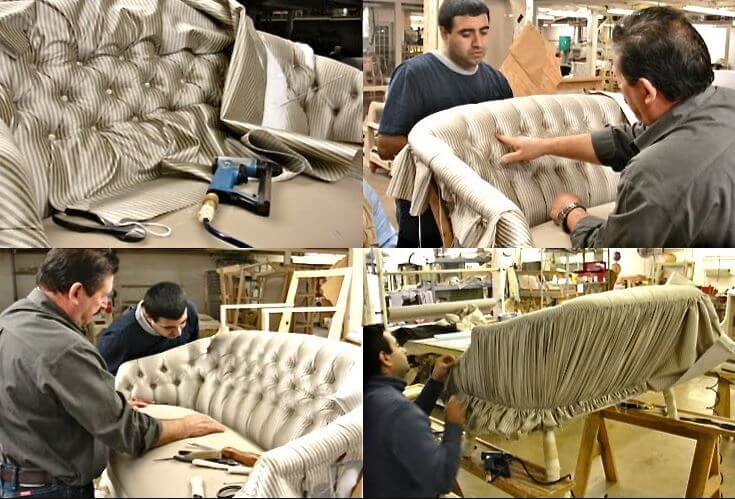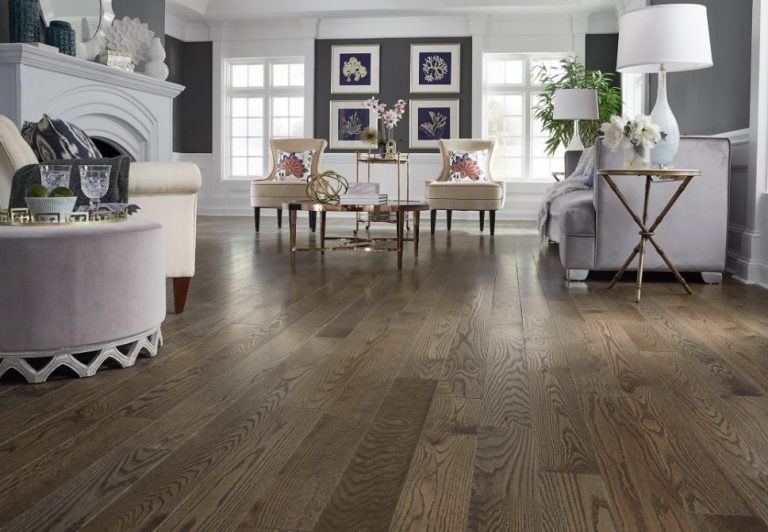
Flooring has always been about more than just walking surfaces—it shapes the look, feel, and comfort of interiors. But as technology integrates deeper into our daily lives, flooring is taking on a new role: becoming smart. From heated surfaces to interactive designs, smart flooring is transforming homes and commercial spaces, offering both innovation and style. In this blog, we’ll explore how technology is shaping the future of flooring and redefining interior design.
What Is Smart Flooring?
Smart flooring combines traditional materials with technology to enhance functionality, comfort, and convenience. It includes advanced features such as built-in heating, motion sensors, energy efficiency, and interactive capabilities. Unlike traditional flooring, smart flooring is designed to be an active part of a home, responding to lifestyle needs while blending seamlessly with interior aesthetics.
Key Innovations in Smart Flooring
Heated Floors
Radiant floor heating systems are becoming increasingly popular in luxury homes worldwide. While Dubai’s climate may not call for whole-house heating, heated flooring in bathrooms, spas, and wellness spaces offers unmatched comfort and a touch of indulgence.
Motion-Sensing Floors
Smart flooring can now detect motion and pressure, useful for security systems or elder care. For example, in healthcare settings, motion-sensing floors can alert caregivers if someone has fallen.
Energy-Generating Floors
Some innovative flooring systems generate electricity from footsteps using piezoelectric technology. This eco-friendly feature is already being tested in airports and stadiums, and it may soon become a practical option for sustainable homes.
LED-Integrated Flooring
LED-embedded flooring can change colors, create pathways, or enhance ambiance. Perfect for futuristic interiors, hospitality venues, or creative commercial spaces, this technology merges function with design.
Moisture-Resistant Smart Floors
With built-in sensors, these floors detect leaks or excess moisture, preventing costly water damage. Ideal for kitchens, bathrooms, or basements, they ensure peace of mind and long-term protection.
The Role of Smart Flooring in Interior Design
Smart flooring is more than a practical solution—it’s an aesthetic game-changer. Here’s how it’s influencing design trends:
Seamless Integration: Modern smart flooring is designed to look like traditional materials—wood, stone, or tile—while hiding advanced technology beneath the surface.
Customizable Aesthetics: LED-integrated floors allow homeowners and designers to switch up patterns, colors, or effects to match different moods or occasions.
Space Optimization: Heated floors eliminate the need for bulky radiators, freeing up wall space for design flexibility.
Luxury Meets Functionality: Smart flooring solutions strike the perfect balance between indulgence and practicality, making them ideal for high-end interiors.
Benefits of Smart Flooring
Enhanced Comfort
Heated floors, cushioned materials, and smart temperature regulation improve day-to-day living.
Improved Safety
Motion-sensing floors are particularly beneficial in elderly care, reducing risks by alerting caregivers to falls or unusual movements.
Energy Efficiency
Radiant heating systems and energy-generating floors reduce energy waste and promote sustainability.
Aesthetic Versatility
With customizable lighting and finishes, smart floors adapt to both modern and traditional interiors.
Long-Term Value
Smart flooring adds a premium touch to properties, increasing their market value and appeal in competitive real estate markets like Dubai.
Challenges and Considerations
While the future of smart flooring is promising, there are some factors to consider:
Cost: Smart flooring systems are currently more expensive than traditional options, though prices may drop as technology advances.
Installation Complexity: Specialized installation is often required, making it essential to work with experienced professionals.
Maintenance: Some smart features, such as LED systems or sensors, may need occasional maintenance to ensure they work properly.
Adaptability: Homeowners must consider whether smart flooring solutions are suitable for their specific climate and lifestyle needs.
Global Inspirations in Smart Flooring
Smart flooring innovations are drawing inspiration from around the world:
Europe: Scandinavian countries are leading the way in sustainable, energy-efficient flooring with radiant heating systems.
Asia: Japan is experimenting with motion-sensing floors for healthcare and elder care.
Middle East: In Dubai, LED-integrated and luxury resin floors are trending, merging opulence with cutting-edge technology.
North America: The U.S. is exploring energy-harvesting floors for commercial and public spaces.
The Future Outlook
As technology becomes more affordable and accessible, smart flooring will likely shift from luxury to mainstream. Imagine homes where floors generate electricity, detect leaks, change colors, and ensure safety—all while looking like classic wood or marble. The future of flooring is about creating surfaces that do more than just support us—they’ll actively contribute to our lifestyles, health, and sustainability goals.
Final Thoughts
The future of smart flooring is a fusion of technology and interior design, bringing together comfort, functionality, and innovation. From heated surfaces to LED integration and energy generation, smart flooring Dubai is redefining how we think about the spaces we live in. While it remains a premium feature today, it’s poised to become a common element in the homes of tomorrow. For those who want to stay ahead of the curve, investing in smart flooring is not just a design choice—it’s a step toward the future of living.




